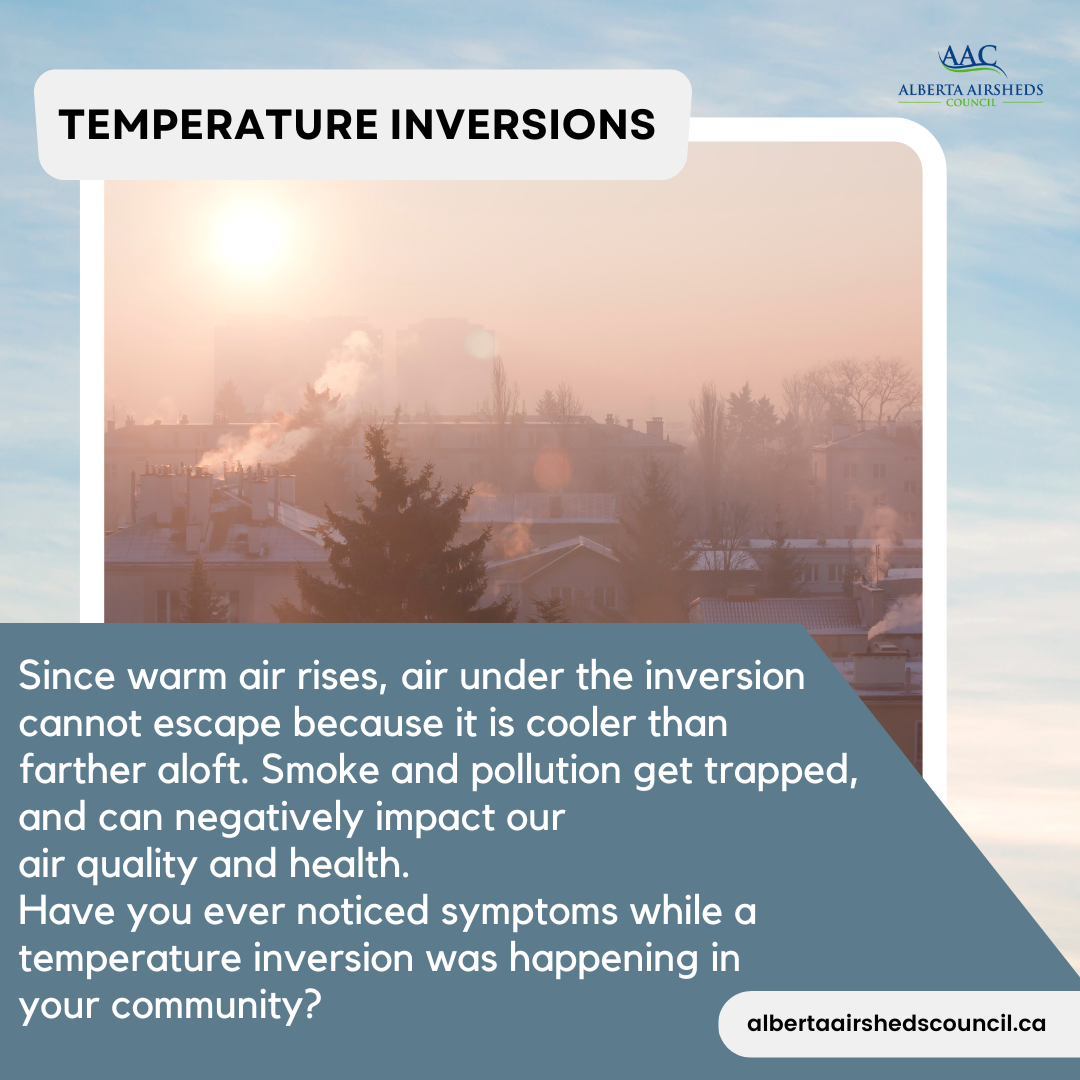Through a special 2022 summertime air monitoring project conducted by Fort Air Partnership (FAP), in cooperation with Parks Canada, data gathered showed elevated levels of fine particulate matter, PM2.5, levels during the evenings. Campfires were the cause of the higher levels of PM2.5.
In the evenings, wind speeds drop, and many campers start and maintain campfires.
Parks staff have indicated the Elk Island campground was fully booked on weekends from May through Thanksgiving in 2022.
What and how we monitored air quality
A PurpleAir Sensor at the Park’s registration office monitored fine particulate matter, PM2.5, from May 5 to October 11, 2022.
PM2.5 can be harmful to human health. It is made up of very small particles, with a size of 2.5 micrometres or smaller. PM2.5 can be inhaled into the lungs and may cause symptoms such as coughing or may worsen existing heart and lung conditions. PM2.5 is an important component in calculating the Air Quality Health Index (AQHI).
“Our overall data proves that wildfire smoke in our Airshed is the leading cause of high-risk air quality when it happens. And fine particulate matter is generally the largest contributor to high-risk air quality during wildfire smoke episodes,” said FAP’s Executive Director Nadine Blaney. “The Elk Island Project demonstrates that campfire smoke can also lead to localized poorer air quality. We encourage campers and others using campfires not to leave campfires burning while they are not being enjoyed to limit the amount of fine particulate matter entering the air.”
For more details, see the Elk Island Project Summary.
FAP has ten continuous air monitoring stations in and around Alberta’s Industrial Heartland. The AQHI and near real-time data for every substance at every station are available at fortair.org. Information about FAP is also available by calling 1-800-718-0471. FAP’s monitoring and reporting on substances that affect air quality is transparent, guided by a scientific advisory group and driven by national and provincial standards.


